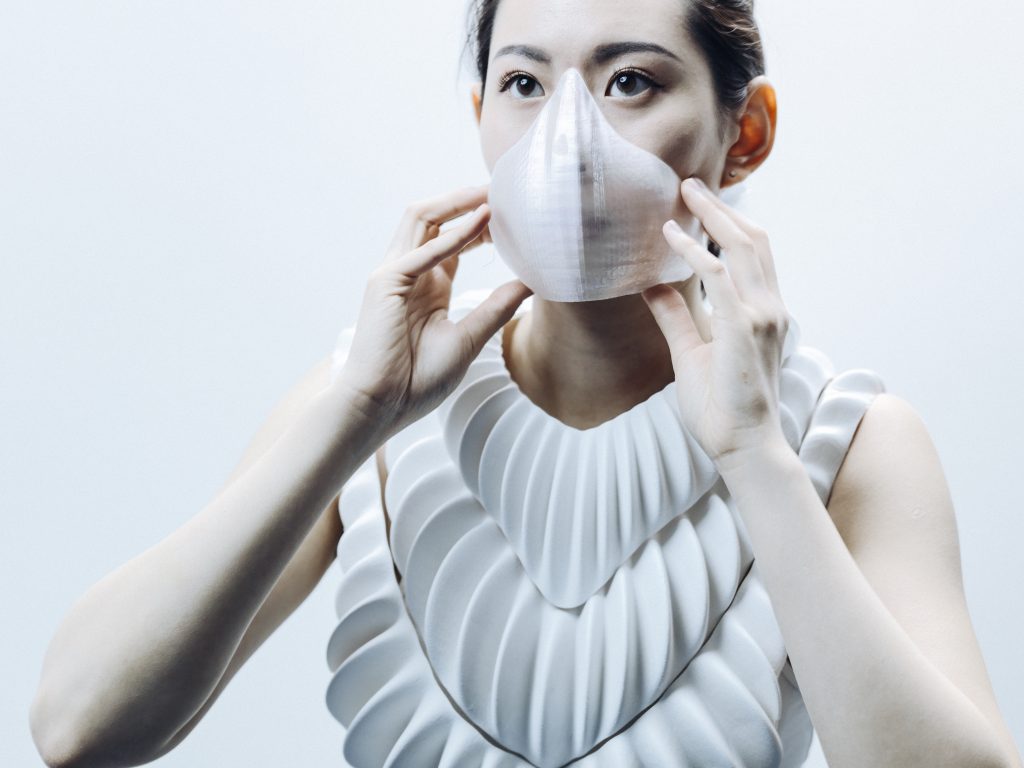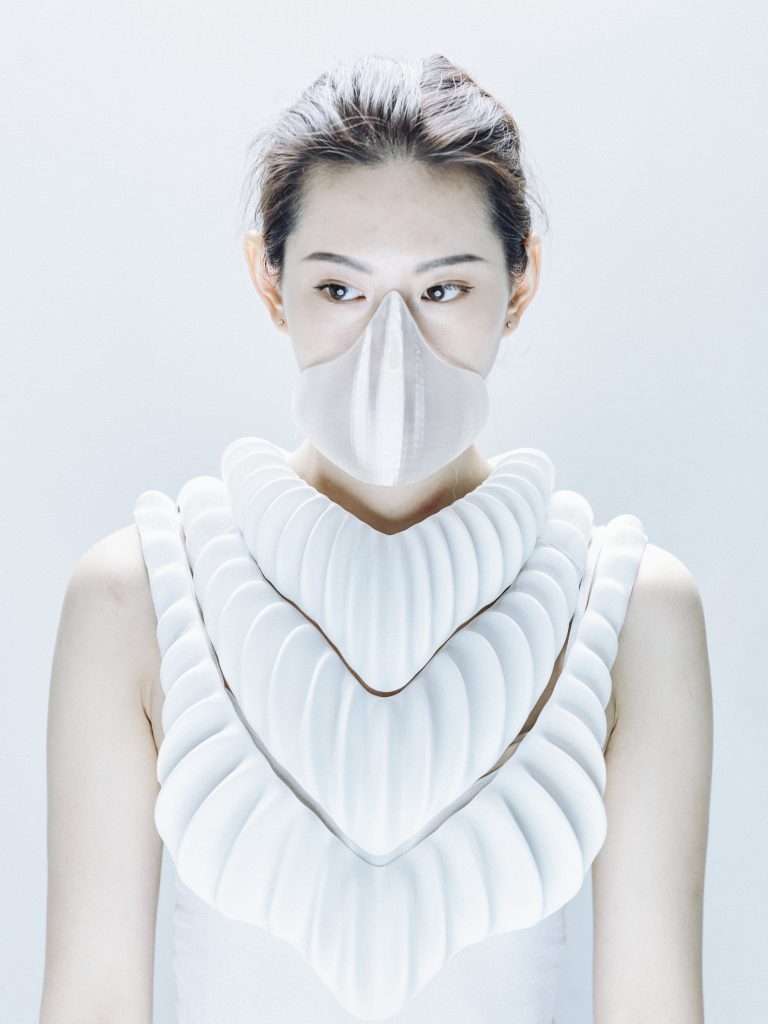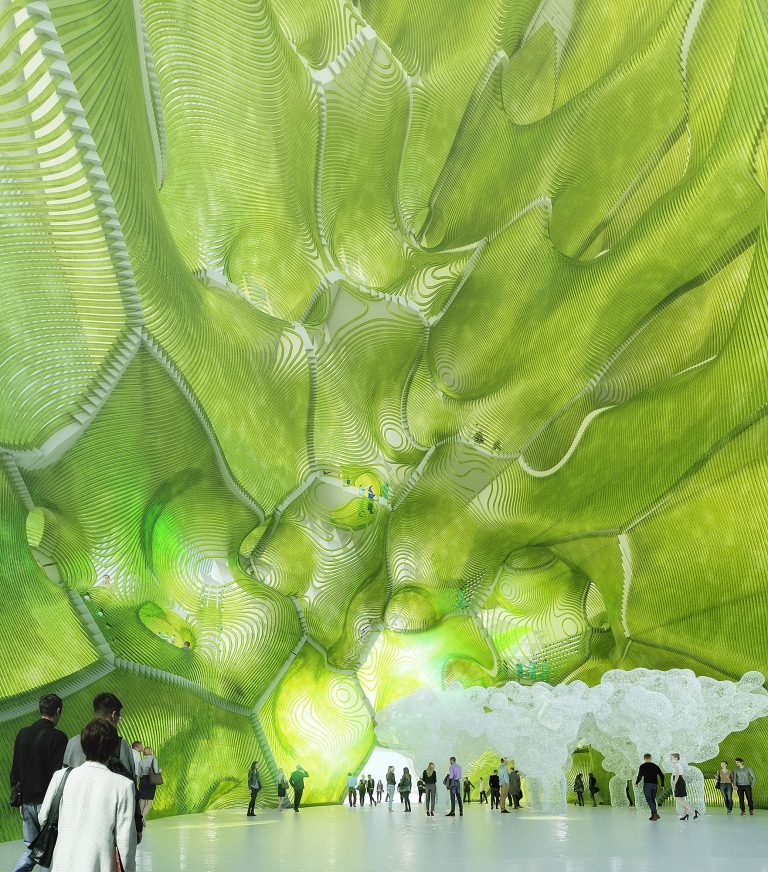
Photography by MIKIYO TATEISI

Photography by MIKIYO TATEISI
Yesterday, in a moment of terrible and thrilling weakness, I purchased a pair of leather loafers online. They’re gorgeous. I’d been eyeing them for ages, allowing them to sit idle in my virtual shopping cart for weeks. It took a moment, a flash of plastic, and they became mine.
While I may know their style and size, I do not know the unique personality of the dear cow whose hide I will soon wear. I do not know the texture of the earth that was beaten beneath her hoofs, nor the quality of the grasses that informed her palate. I do not know whether the water she drank was sweet. I did not hear the sounds she made with her final breath and I do not personally identify with the 40.7 kilos of carbon dioxide equivalent that now slice through the air on behalf of those shoes. The complex universe of their leather material prior to the shoes arrival on my doorstep is, and will remain, a complete mystery to me.
They will arrive in three to five business days. I will wear them and eventually discard them.
In pursuit of beauty and fulfilment, there is a certain violence inherent in the way globalized Western society both practices consumption and relates to the materials it consumes. It is not the intimate violence of a hunt—a familiar relationship between hunter and hunted, between one conscious being and another—it is the systematic and insatiable violence born from disconnection. Mediated by a technocapitalist matrix, the materials that we consume, inhabit, and rely on possess an other-worldly quality. They are of an unknown, or at least an un-felt, origin. We live and breathe without a connection to their vibrancy. We flash more plastic and collect more boxes.
As global climate emergency looms and modern ways of life continue to reveal themselves as ecologically detrimental, I spoke to some of the world’s most innovative designers who are returning to the fertile earth in search of more sustainable materials solutions. Through their bio-inspired work, they are putting us in touch with the elemental and the essential. As Native American scholar Robin Wall Kimmerer notes in her bestselling book Braiding Sweetgrass: Indigenous Wisdom, Scientific Knowledge, and the Teachings of Plants, “True to the circle of time, science and technology are starting to catch up with Native science by… looking to nature for models of design, by the architects of biomimicry.”
Far from simply replicating the patterns of leopard spots or zebra stripes, biomimicry goes beyond the aesthetic. Jun Kamei is one such biomimetic designer and founder of the material innovation start-up Amphibio Ltd. Drawing inspiration from the respiratory processes of air-breathing diving insects and spiders, Amphibio is actively developing an artificial gill garment that will allow humans to breathe underwater for significantly longer periods of time by as early as 2025. In addition to realising many of our childhood dreams, Amphibio is addressing a very real concern: how humanity will adapt to rising sea levels around the world. In the coming decades, as waves begin to break against our shores and waters submerge our sidewalks, Amphibio’s Amphigill exists as model design technology that harnesses and leverages biological processes to bring humans into better alignment with a rapidly evolving global landscape.
While the Amphigill is an example of innovation geared towards adapting to a particular (and very wet) dystopian future, it is equally critical to design for utopian, sustainable futures in which human beings live in harmonious symbiosis with nature. Getting to the root of the matter, so to speak, eco-fashion designer Paula Ulargui Escalona cultivates an idealised relation between plants and humans with her Siamese Skins (2020-ongoing) project. By growing living plants in fabrics and allowing them to be worn as garments, Escalona offers “a direct connection between two organic bodies of different species.” Rather than adapting to a dystopian future, she is designing for the future she wants to see. Disillusioned by the lack of sustainability in the fashion industry and haunted by the prospect of a climate-ravaged future, Escalona seeks to “grow and work in collaboration with nature to convey the huge source of wisdom that it can provide us.” While she is constantly trying to improve her technique and allow her garments to stay alive for longer periods of time, Escalona emphasises that she will only do so in a way that respects these fabrics as living entities, rather than as objects solely intended for human consumption. With this conceptual shift, she strives to combat the “linear way of living, producing, and creating that is rupturing the planet’s natural equilibrium. Every time we try to learn from nature,” she continues, “or try to create things that can be part of it, we’re going to improve.”
Escalona’s recognition of the wisdom inherent in organic processes and the interspecies intimacy forged by Siamese Skins align with Kimmerer’s distillation of the Indigenous world view: “The ecosystem is not a machine, but a community of sovereign beings, subjects rather than objects.” Against the ruthless objectification and exploitation of nature born from the Western notion that man was given dominion over nature by the Christian God, this perspective recognises the vitality inherent in all our material relations. In this constellation, as in Siamese Skins, materials literally breathe.

